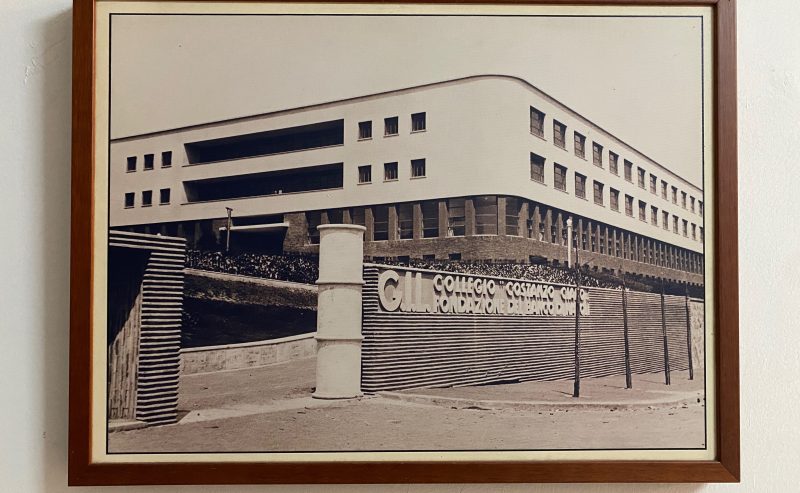
Ex-Base NATO- Bagnoli
The former Colonia Costanzo Ciano, today renamed Parco San Laise, is large complex of buildings in the neighbourhood of Bagnoli owned by a foundation depending on Campania Region. Originally a colony for disadvantaged children, the area was used for almost 50 years as militar headquarters of NATO. When the lease ended, the area has been neglected for years, before starting to transition again towards the original vocation of a place for social and cultural use.








